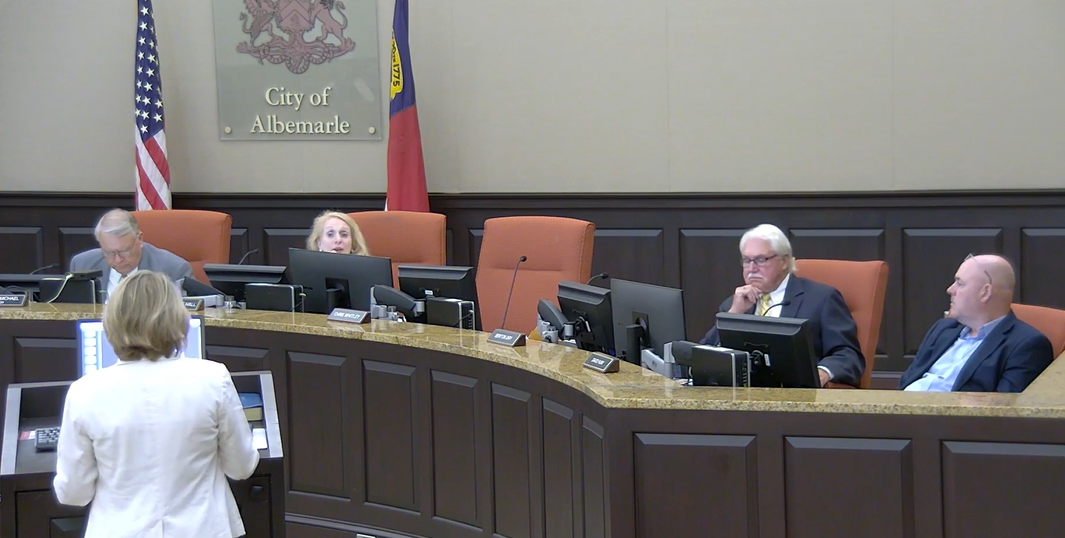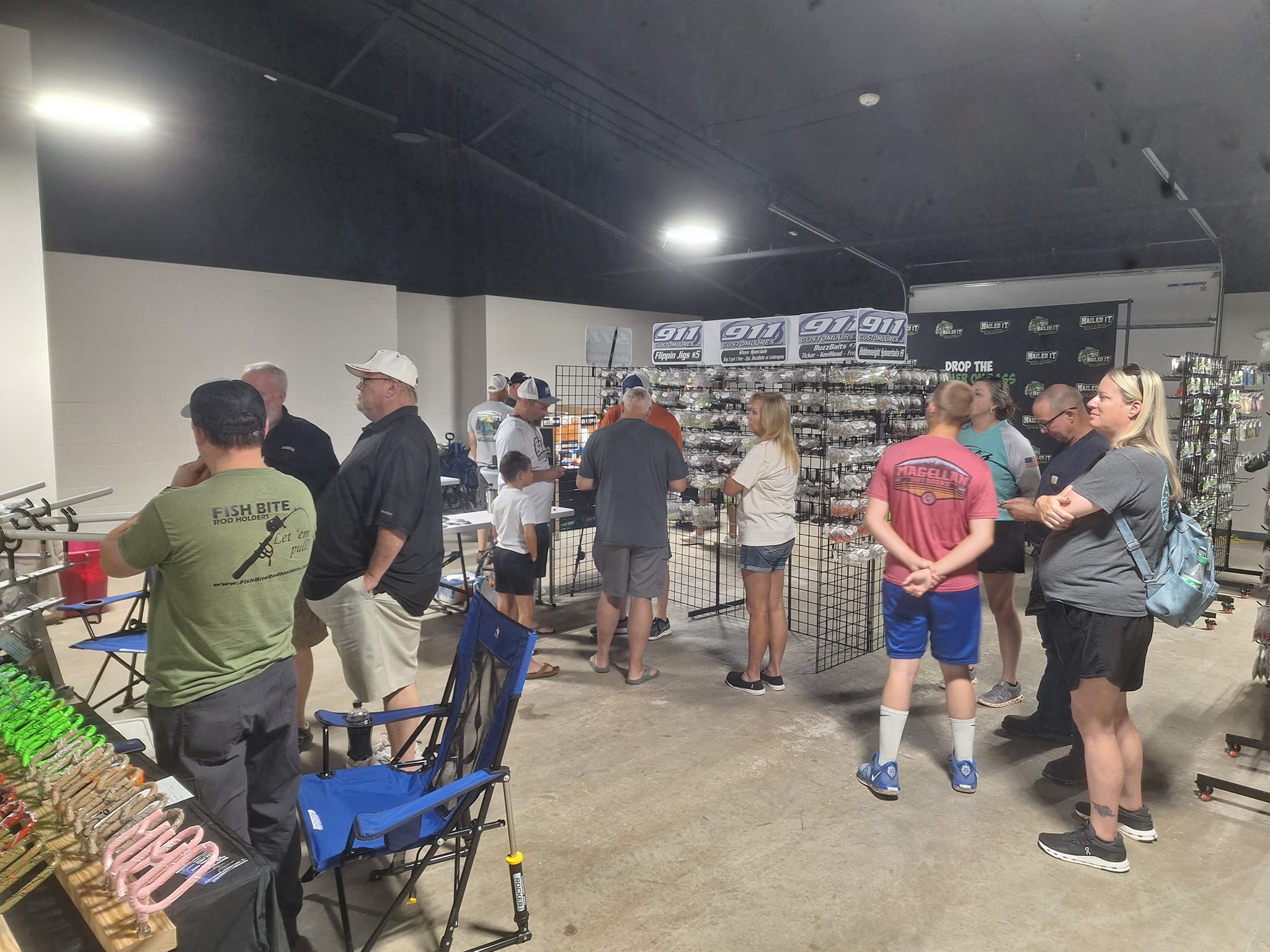Discrepancy in data on opioid epidemic
Published 12:00 pm Saturday, February 29, 2020
|
Getting your Trinity Audio player ready...
|
Each month, the N.C. Department of Health and Human Services releases opioid data for the state, including the top 10 counties with the highest rate of opioid overdoses showing up in emergency room hospital visits. It’s not a list any county wants to appear on. For much of the last two years, Stanly has ranked No. 1 in this category.
But the state data has always been just one part of the picture when it comes to fully comprehending the extent of the county’s opioid epidemic. Many of the people who overdose refuse to be transported to the hospital and thus are not entered into the state data. A few others have died by the time paramedics arrived on the scene.
“The ER reports do not reflect what is going on here,” said community paramedic Ashley Hernandez during a community gathering to address the epidemic at Albemarle High. “That only reflects who decides to go to that ER.”
Trending
The Stanly County community paramedic program, which is part of Stanly County EMS, launched last May and is made up of four paramedics who respond strictly to opioid overdose calls. It was created to help alleviate Stanly’s opioid problem. The program was the first of its kind in the state to directly focus on opioid overdoses.
Stanly EMS data, especially when compared to data from the state, reveals a far more dire picture about how widespread the opioid issue really is in the county.
From May to December of last year, there were 76 documented opioid overdoses resulting in hospital visits according to the state. The community paramedics, meanwhile, responded to 256 overdose calls, of which 155 (or 61 percent) were caused by opiates. The opioid number is likely much higher since an additional 71 calls involved people suffering from multiple substances, which community paramedic Mike Campbell said most, if not all, involved opiates.
A month-by-month break down of the numbers reported by the state and the community paramedics reveals the data discrepancy:
- May — 15 opioid overdose calls resulted in hospital visits, according to the state. The paramedics responded to 20 calls, of which 11 involved opiates.
- June — Five opioid overdose calls resulted in hospital visits. Paramedics responded to 33 calls, of which 23 involved opiates.
- July — 12 opioid overdose calls resulted in hospital visits. Paramedics responded to 34 calls, of which 22 involved opiates.
- August — 11 opioid overdose calls resulted in hospital visits. Paramedics responded to 38 calls, of which 23 involved opiates.
- September — Seven opioid overdose calls resulted in hospital visits. Paramedics responded to 32 calls, of which 19 involved opiates.
- October — 11 opioid overdose calls resulted in hospital visits. Paramedics responded to 30 calls, of which 18 involved opiates.
- November — Seven opioid overdose calls resulted in hospital visits. Paramedics responded to 33 calls, of which 19 involved opiates.
- December — Eight opioid overdose calls resulted in hospital visits. Paramedics responded to 36 calls, of which 20 involved opiates.
The opioid epidemic “is exponentially worse” when taking into account the community paramedics data, Hernandez said at the community meeting last year. Hernandez added that nine out of 10 people the paramedics encounter who suffered an opioid overdose refused to be transported to a hospital.
“Local overdose data reported by the EMS Community Paramedic Program gives a more complete picture of substance use within Stanly County,” said Public Health Education Specialist Wendy Growcock in an email. “This data reflects all substances they encounter in an overdose call, not just opioids.”
Trending
Growcock added that “local data is important to help us know where to direct our efforts in substance use prevention, treatment, recovery and support services.”
When looking back at the EMS data, of the 256 calls received since May, 109 (or 43 percent) refused to go to the hospital, which Campbell said was most likely opioid overdose patients who were of sound mind after receiving Narcan (a medication used to reverse overdose). Other patients overdosing on alcohol or benzodiazepines (benzos) are more likely to not be able to make an informed decision and are usually always taken to the hospital, he said.
Campbell said paramedics try and convince people to go to the hospital, though legally there is nothing they can do as long as people are of sound mind.
“I think anybody who has an acute medical emergency probably needs to be examined by a physician,” he said.
Though last year was bad in terms of opioid overdoses, Campbell believes 2020 will be better. He said more people suffering from overdoses have recently been skipping 9-1-1 dispatchers to directly call the community paramedics for help. He also hopes that paramedics will soon be allowed to provide Suboxone (a medication which suppresses withdrawal symptoms) to people.
“We’re happy that people are actually reaching out to us and asking how we can help them,” Campbell said.
More information has also been disseminated recently regarding the community paramedic program and the work its been doing in the community.
Many state EMS agencies have taken notice of the work taking place in Stanly to combat the crisis.
“Our program has expanded and other EMS agencies in the state see what we’re doing and they’re interested,” he said. “We have EMS agencies from counties that surround this area wanting to know how we do what we do and they’re starting to do ride-alongs with us, they’re starting to ask questions, starting to plan meetings.”
EMS agencies across the country, including ones in Wisconsin and Michigan, have gotten word and inquired about the program, Campbell noted.
“I’d like to see these numbers start going down,” he said, “and the only way to do that is to get people connected with resources to keep them from using.”
Resources For Help
The following list features local organizations that can help people suffering from addiction, mental health, domestic violence or sexual assault issues.
• Monarch — Call 866-272-7826.
• Stanly County Health Department in Albemarle — Call 704-982-9171
Stanly County EMS — 704-986-3650
• Will’s Place in Albemarle — Call 980-581-8001 or email [email protected].
• 33 Recovery — Email [email protected] or message on Facebook.
• Bridge to Recovery in Oakboro and Monroe — Call 704-909-8025 or email [email protected].
• Daymark Recovery Services in Albemarle — 704-983-2117
• Esther House — Call 704-961-7500 (domestic violence and sexual assault).
• Cardinal Innovations — Call 1-800-939-5911.
• Safer Communities Ministry in Monroe — Call 704-576-3268.
• In the event of an emergency, call 911.
Contact reporter Chris Miller at 704-982-2122.







